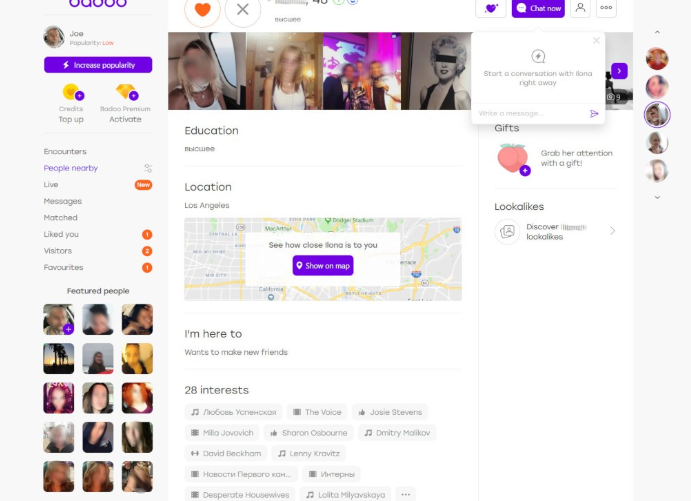As our society becomes more inclusive and diverse, understanding and supporting different communities, including the LGBTQ+ community, becomes crucial. The journey to becoming an ally is an ongoing learning process. An ally stands up against discrimination, advocates for equal rights, and uses their privilege to uplift and support marginalized voices. Here are some tips on how to be an ally to the LGBTQ+ community.
1. Educate Yourself
Understanding is the first step towards allyship. Educate yourself about the LGBTQ+ community, their history, struggles, and accomplishments. Learn about different sexual orientations and gender identities, and understand the correct terms and pronouns to use. There are plenty of resources available online and in libraries to aid this learning process. Remember, it’s better to ask questions and learn than to make assumptions.
2. Respect Pronouns and Identities
Respecting a person’s self-identified gender and sexual orientation is critical. If someone shares their pronouns with you, make sure to use them correctly. Misgendering someone, even unintentionally, can be hurtful and disrespectful. If you make a mistake, apologize, correct yourself, and move on.
3. Listen and Empathize
The experiences and challenges faced by the LGBTQ+ community are unique and varied. As an ally, it’s important to listen to their stories, understand their struggles, and empathize with their experiences. Remember, it’s not about inserting your feelings or experiences into the conversation but allowing them space to express and be heard.
4. Speak Up, Not Over
Being an ally involves using your voice to challenge discriminatory behaviors or comments, both online and offline. However, remember that it’s not your role to speak for the LGBTQ+ community, but to amplify their voices. Encourage your LGBTQ+ friends to share their perspectives and experiences, and support them when they do.
5. Advocate for Equality and Inclusion
Advocate for policies and practices that promote equality and inclusion for the LGBTQ+ community. This could mean supporting inclusive legislation, promoting workplace policies that protect against discrimination, or advocating for LGBTQ+ inclusive curricula in schools.
6. Support LGBTQ+ Businesses and Organizations
Another way to be an ally is to financially support LGBTQ+ owned businesses and donate to LGBTQ+ organizations. Your monetary contribution can help these businesses thrive and help organizations to continue their essential work of supporting, educating, and advocating for the LGBTQ+ community.
7. Keep Learning and Growing
The process of being an ally doesn’t end. It’s an ongoing journey of learning, unlearning, listening, and taking action. The LGBTQ+ community is diverse, and so are their experiences and struggles. Continually educate yourself about different aspects of the LGBTQ+ community, including the intersection of LGBTQ+ identities with race, disability, and other facets of identity.
Being an ally is more than a label; it’s a commitment to standing against discrimination and fighting for equality and acceptance. By understanding, respecting, and advocating for the LGBTQ+ community, you can contribute to making society a safer, more inclusive place for all people, regardless of their sexual orientation or gender identity.



